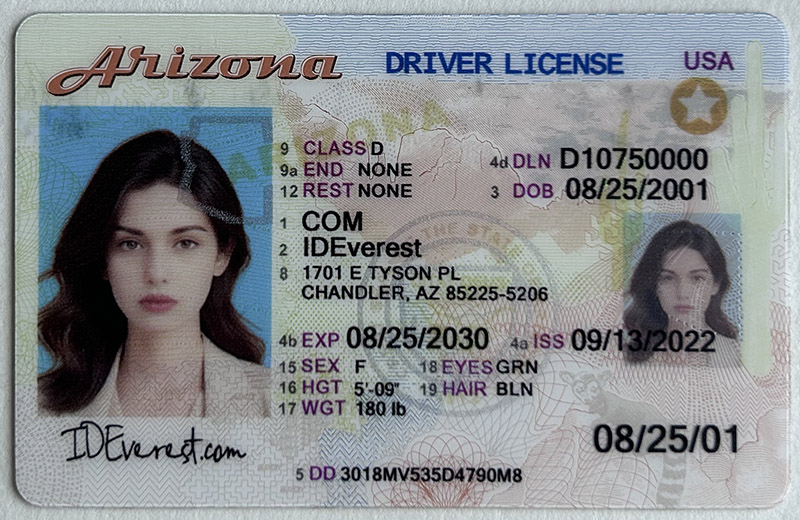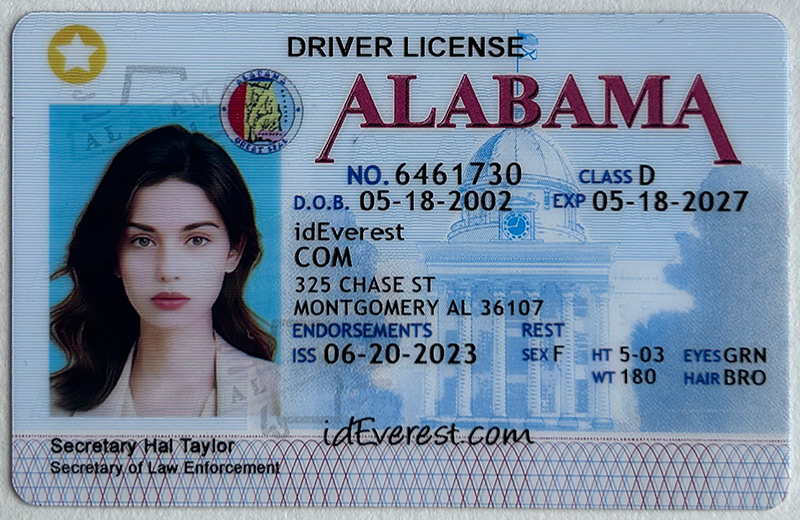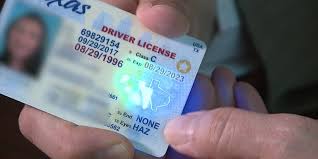do u need license to drive a scooter
If you're considering trading four wheels for two, the appeal of a scooter is undeniable. Scooters are not just practical for navigating through traffic, but they also offer a sense of freedom that many find irresistible. However, before you hop on, there's an important question to address: Do you need a license to drive a scooter?
The short answer is: it depends. Licensing requirements for scooters vary widely depending on where you live, the type of scooter you're planning to drive, and your existing qualifications. Let’s dive into the details to ensure you’re fully informed before hitting the road.
Understanding the Basics: What is a Scooter?
Before we explore the licensing requirements, it’s essential to understand what qualifies as a scooter. Scooters are generally defined as two-wheeled vehicles with a step-through chassis and a platform for the rider's feet. They are usually powered by small engines ranging from 50cc to 250cc, although electric scooters are becoming increasingly popular.
Scooters are distinct from motorcycles in terms of design and power. While motorcycles are built for speed and often require more skill to handle, scooters are designed for convenience, typically used for short-distance commuting, especially in urban settings.
Licensing for Scooters: The Global Perspective
Globally, the licensing requirements for scooters are influenced by the engine size and the specific regulations of each country or state. Let’s take a look at some common scenarios:
Engine Size Below 50cc: In many regions, scooters with engines under 50cc are considered mopeds. For these, the licensing requirements are often more relaxed. In some places, you may only need a regular driver’s license, or in certain cases, no license at all. However, even when a license isn’t required, there may still be age restrictions and mandatory registration.
Engine Size Above 50cc: For scooters with engines above 50cc, the rules become stricter. These vehicles are typically classified similarly to motorcycles, meaning that you’ll likely need a motorcycle license or endorsement on your regular driver’s license. The process often involves passing a written test, a riding skills test, and sometimes completing a safety course.
Electric Scooters: The rise of electric scooters has introduced new regulatory challenges. In some places, electric scooters are treated like bicycles, especially if they have limited speed capabilities. However, faster or more powerful electric scooters may require a license similar to that needed for gas-powered scooters.
Factors Affecting License Requirements
Several factors determine whether you need a license for your scooter. These include:
Local Laws: Always check your local Department of Motor Vehicles (DMV) or equivalent authority for specific regulations in your area. Some regions have unique laws that differ from the broader national guidelines.
Scooter Type: The type of scooter you intend to ride plays a critical role. For instance, a Vespa 50cc may have different licensing requirements compared to a 150cc Honda scooter.
Rider’s Age: Age is a significant factor in licensing. Younger riders may be subject to more stringent regulations, including the need for a special permit or restricted license.
Existing Licenses: If you already have a motorcycle license, you’re generally covered for most scooters. However, if you only have a car driver’s license, you may need to undergo additional testing.
In conclusion, while the appeal of scooter riding is strong, understanding the licensing requirements is crucial to ensure you remain compliant with the law. In the next part, we’ll explore the practical steps you can take to obtain the necessary license and some tips for safe scooter riding.
Now that you’re familiar with the basics of scooter licensing requirements, it’s time to delve into the practical aspects of obtaining your license. Whether you’re new to riding or transitioning from a motorcycle, these steps will guide you through the process and help you navigate the journey to becoming a licensed scooter rider.
Step-by-Step Guide to Getting Your Scooter License
Research Local Requirements: As mentioned earlier, the first step is to check the specific laws in your area. Visit your local DMV’s website or contact them directly to confirm the licensing requirements for scooters. Be sure to note any age restrictions, necessary permits, or additional courses you may need to complete.
Enroll in a Safety Course: Many regions require scooter riders to complete a motorcycle safety course. Even if it’s not mandatory, taking a course is highly recommended. These courses provide essential riding skills, teach you about road safety, and may even help reduce your insurance premiums.
Obtain a Learner’s Permit: If you’re new to riding, you might need to start with a learner’s permit. This permit allows you to practice riding under specific conditions, such as during daylight hours or while accompanied by a licensed rider. The learner’s permit stage is crucial for gaining confidence and improving your riding skills.
Pass the Written Test: The written test typically covers the rules of the road, scooter-specific regulations, and general safety practices. To prepare, study your area’s motorcycle or scooter handbook, which is often available online or at your local DMV.
Complete the Riding Skills Test: The riding skills test is designed to evaluate your ability to control the scooter, navigate turns, and respond to various traffic situations. Practice is key, so spend ample time getting comfortable with your scooter before attempting the test. In some places, completing an approved safety course can waive the need for this test.
Apply for Your License: Once you’ve completed the necessary tests and courses, you can apply for your scooter license or endorsement. This may involve submitting your test results, providing proof of identity, and paying a fee. Upon approval, you’ll receive your license, granting you the legal right to ride your scooter on public roads.
Tips for Safe and Enjoyable Scooter Riding
With your license in hand, you’re ready to enjoy the freedom and convenience of scooter riding. However, safety should always be your top priority. Here are some tips to ensure a smooth and enjoyable experience:
Wear Protective Gear: Always wear a helmet, gloves, and appropriate clothing to protect yourself in case of an accident. Even in warm weather, it’s important to cover up to prevent injuries.
Regular Maintenance: Keep your scooter in top condition by performing regular maintenance checks. This includes monitoring tire pressure, checking brakes, and ensuring the lights and signals are working properly.
Stay Visible: Make yourself as visible as possible to other drivers. Wear bright or reflective clothing, and always use your lights, even during the day.
Ride Defensively: Assume that other drivers may not see you. Keep a safe distance from other vehicles, and be prepared to react to sudden changes in traffic.
Know Your Limits: If you’re new to riding, start slow and avoid busy roads until you’re more experienced. Practice in safe, open areas to build your confidence.
Conclusion
Riding a scooter offers a blend of practicality and fun, making it an appealing option for many. However, ensuring you’re properly licensed is crucial not only for legal reasons but also for your safety and peace of mind. By understanding the requirements, taking the necessary steps to obtain your license, and following safety guidelines, you can enjoy all the benefits of scooter riding with confidence. Whether you’re cruising through city streets or exploring new paths, the road ahead is yours to discover—just make sure you’re licensed and ready to roll!
 Arizona Fake ID Cards
Arizona Fake ID Cards
 ideverest scans Alabama fake I
ideverest scans Alabama fake I
 Fake Florida DL
Fake Florida DL
 scannable Fake US-Green Card
scannable Fake US-Green Card